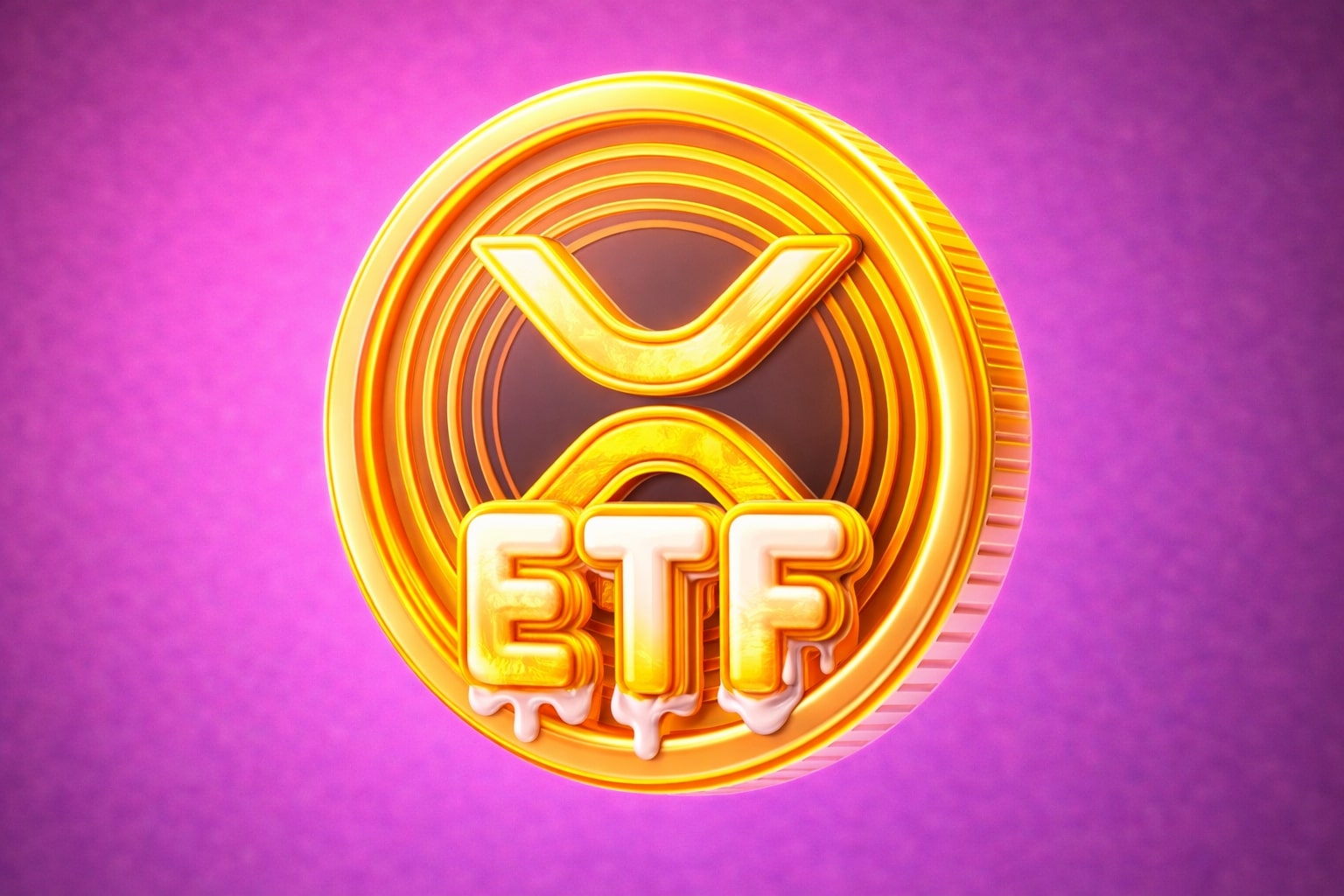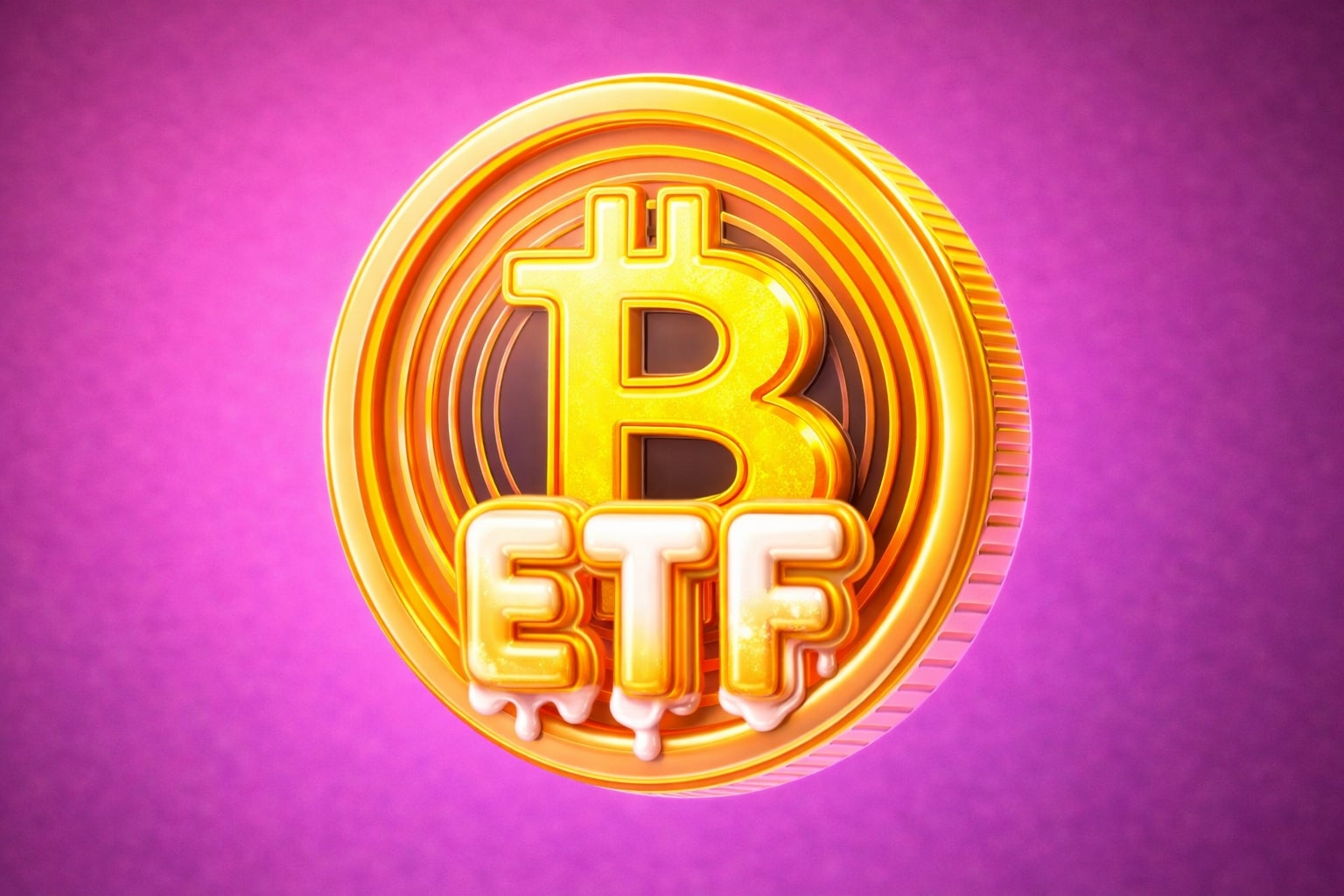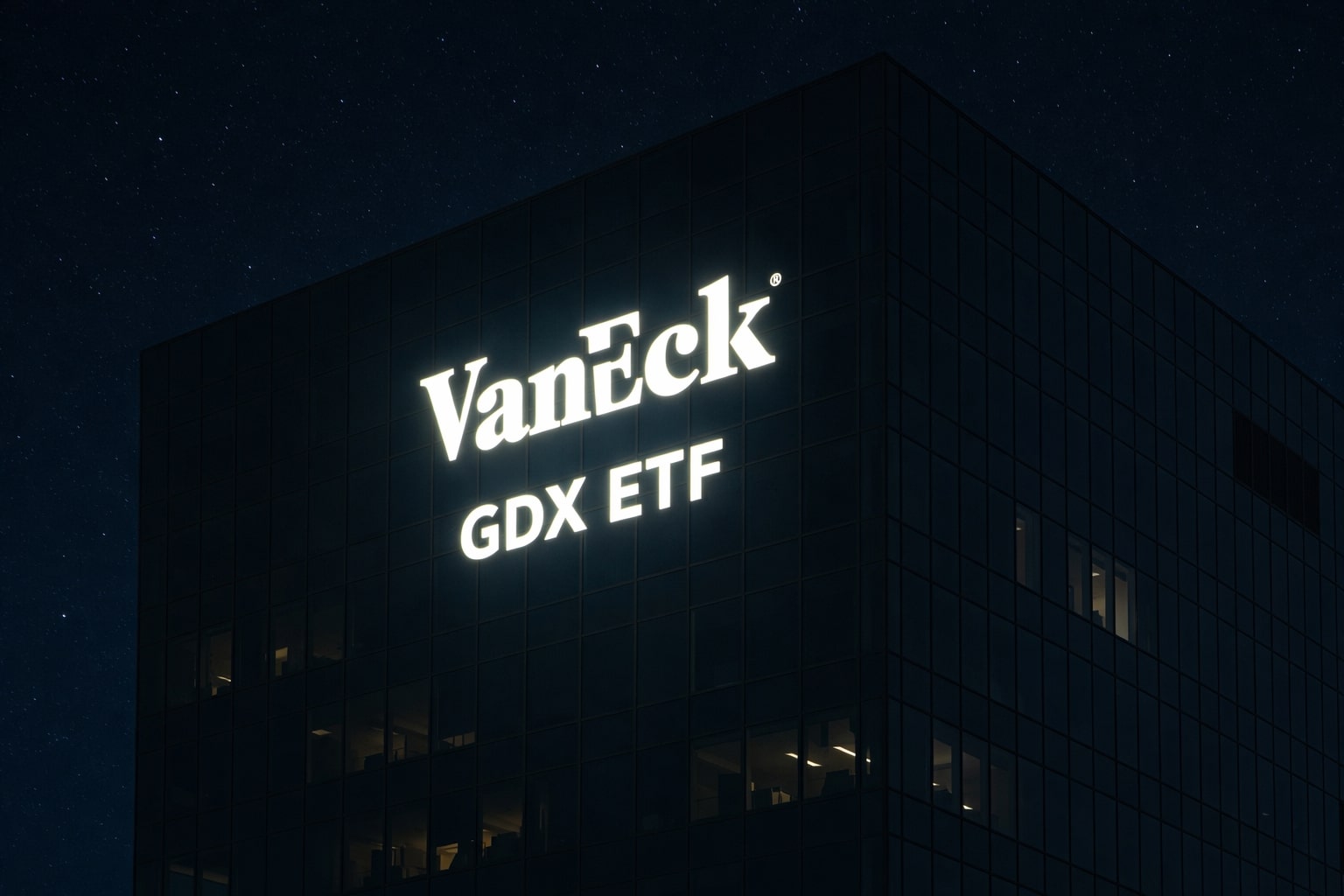Bitcoin ETF Seeks SEC Nod as Crypto Market Braces for Major Options Expiry and Price Swings
Leveraged Bitcoin Futures Product Amid Recovery; Massive Options Expiry May Trigger Volatility
Exchange-traded funds issuer, Volatility Shares, is seeking to launch a leveraged Bitcoin futures product, the 2x Bitcoin Strategy ETF, which aims to double the daily performance of the S&P CME Bitcoin Futures Daily Roll Index.(Bloomberg.com) The proposed fund would carry an overall expense ratio of 1.89% and trade under the ticker BITX. This comes at a time when cryptocurrencies are rebounding after significant setbacks in the previous year, with Bitcoin rallying around 70% in 2023, trading at $28,500, albeit still below its 2021 high of nearly $69,000.
Despite the recovering market, the Securities and Exchange Commission (SEC) has previously rejected similar leveraged crypto funds, casting doubt on the approval of Volatility Shares' offering. The SEC is closely monitoring Grayscale Investments' campaign to convert its Bitcoin Trust (ticker GBTC) into an ETF, which may influence its stance on approving other Bitcoin-derivatives products.
Meanwhile, 141,000 Bitcoin options and 1.746 million Ethereum options worth $4.1 billion and $3.1 billion respectively are set to expire soon. The impending expirations may result in significant market fluctuations and affect investor sentiment. The Put Call Ratio for Bitcoin options is 0.74, indicating a slightly bullish outlook, while the max pain points for Bitcoin and Ethereum are $24,000 and $1,600 respectively.
The cryptocurrency market has recently experienced increased volatility, with Bitcoin surging past $29,000 before quickly dropping back to $28,300. Market makers' hedging activity has contributed to this volatility, particularly in the lead-up to significant expirations, such as the options contracts due to expire on Friday. If Bitcoin's value continues to rise, market makers may need to hedge their short gamma exposure by purchasing the cryptocurrency in the spot or futures market, potentially causing further upside volatility.
Read More
-
GDX ETF at $88 While Gold Tests $4,400: Are Gold Miners Poised for $100?
19.12.2025 · TradingNEWS ArchiveStocks
-
XRP ETF Boom: XRPI at $10.94 and XRPR at $15.49 as XRP-USD Clings to the $1.80–$1.90 Zone
19.12.2025 · TradingNEWS ArchiveCrypto
-
Natural Gas Price Forecast: NG=F Hovering Near $3.92 As Weather, LNG And Storage Collide
19.12.2025 · TradingNEWS ArchiveCommodities
-
USD/JPY Price Forecast - Dollar to Yen Near 157 as BoJ’s 0.75% Rate Hike Backfires on the Yen
19.12.2025 · TradingNEWS ArchiveForex

















